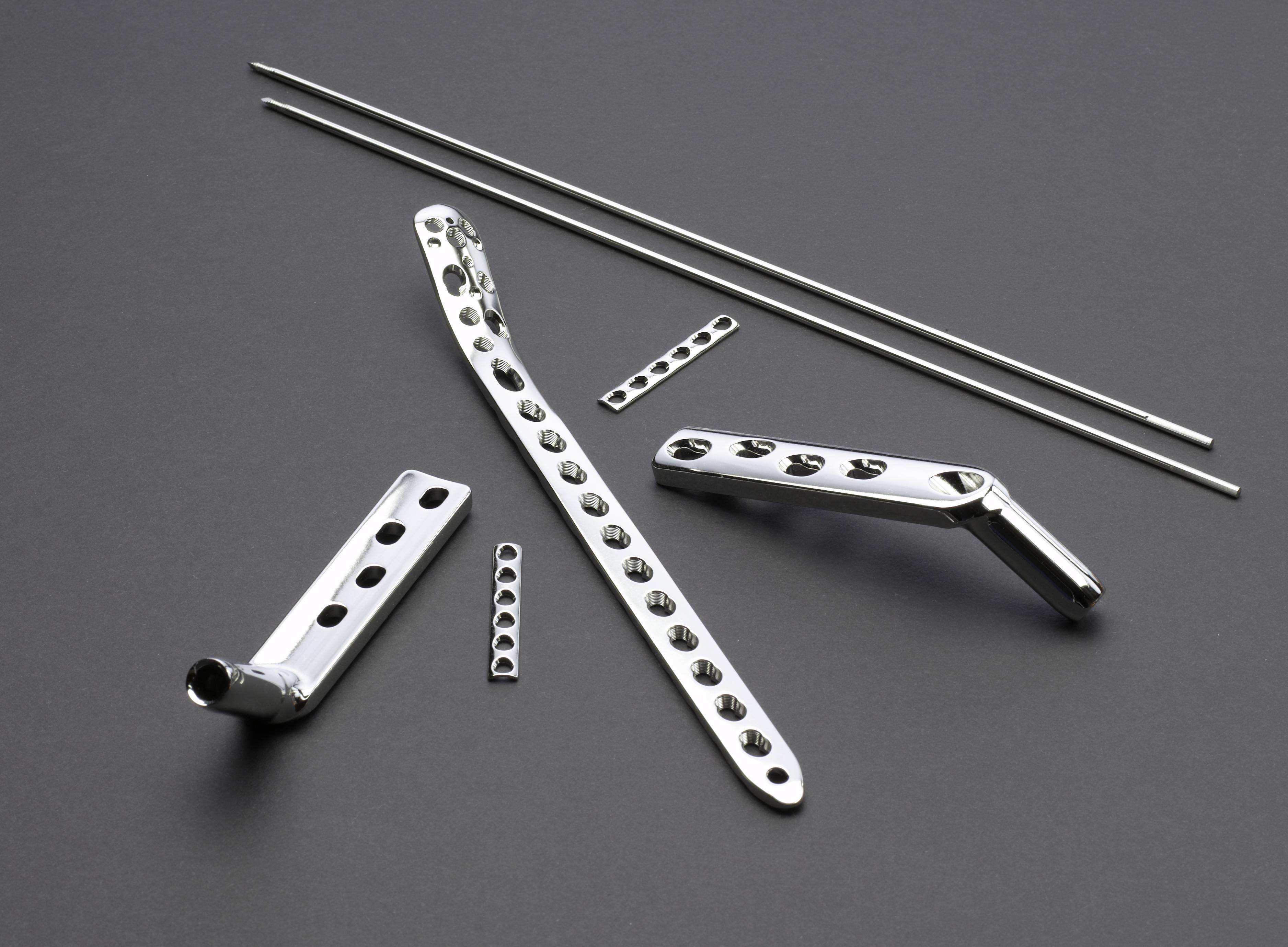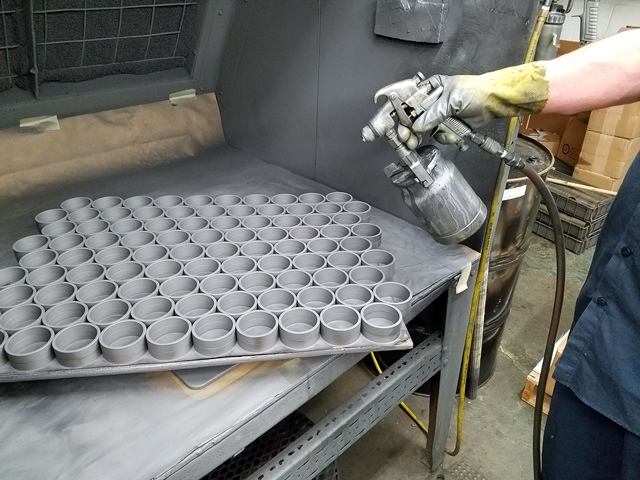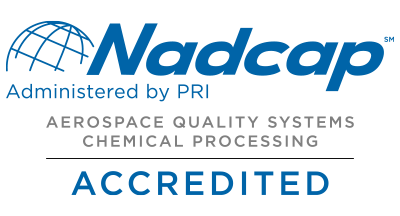News & Events
-

What is ''Lead Free/Cadmium-Free''
There is a very small amount of lead, cadmium and possibly other metals that make their way through the carbonyl nickel process and ends up as a tramp contaminant in the nickel powder which is then dissolved to make Plating Grade Liquid Nickel Sulfate CLNS).…
-
Q&A: Electropolishing and Thermal Deburring
Q& A on Electropolishing & thermal deburring? Thermal deburring is a method, using thermal energy, to remove burrs and flash. Parts are placed in a furnace and a mixture of natural gas and oxygen are injected under pressure.…
-
Design and Thickness of Plating Affects Final Dimensions
Almost all surface finishes cause some dimensional change, however small, to the part being finished. Many coatings even result in a significant buildup-a buildup that should ideally be considered while the part is being designed. Typically, though, metal finishers and machinists are concerned with controlling the dimensions of existing parts on which design changes are not possible. What at first looks like a “simple” plating job can actually entail complicated considerations involving electri…
-

Lasting Lubrication: What Are Dry Film Lubricants?
Anoplate has been applying dry film lubricants, also referred to as solid film lubricants, for over 50 years but their use remains an anomaly. Dry film lubricants are elements or compounds with inherent lubricating properties which are semipermanently bonded to the surface of a material. These minerals or compounds include well known materials such as DuPont’s Teflon™ or more generically PTFE (polytetrafluoroethylene), graphite, and molydbenum disulfide (moly). These 3 materials are the most wi…
-
Boric Sulfuric Acid Anodize (BSAA)
Flying High with an Environmentally Friendly Alternative to Chromic Acid Anodize Chromium, in certain forms, is on its way off of the proverbial production map, and with this comes the swan song of a staple of engineering-centric coatings such as hard chrome chromate conversion coatings and chromic acid anodize (CAA). Chromic acid anodize, a.k.a. Type I per MIL-DTL-8625, has traditionally been used in the following applications: Airframe components due to its increased corrosion resistance T…














